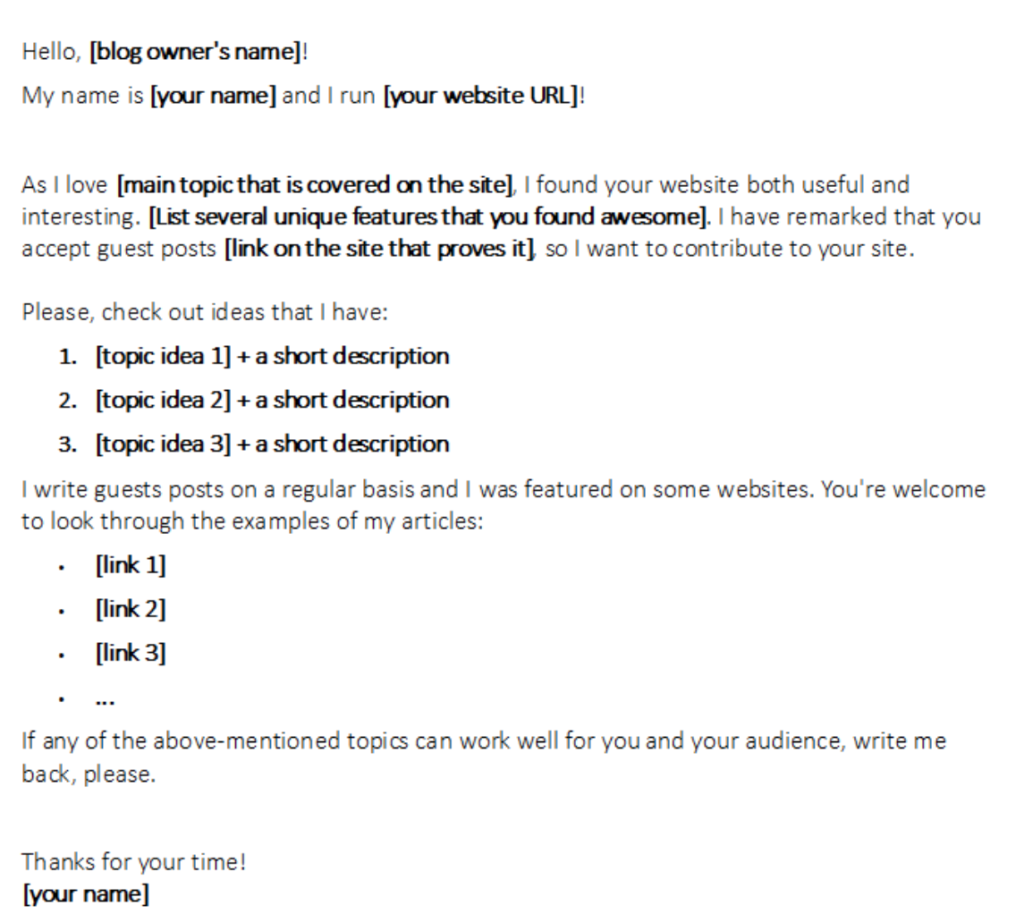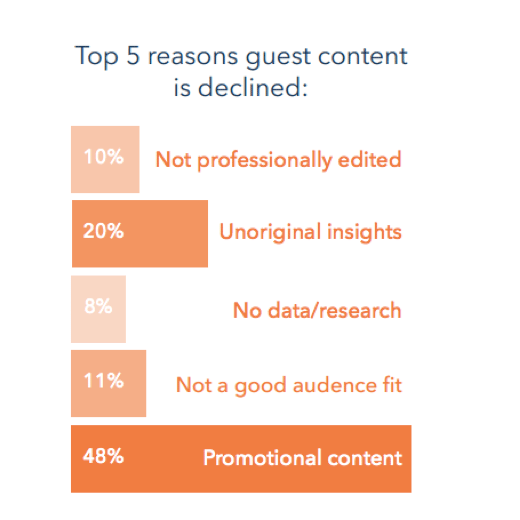Most content brands follow a very simple structure. The content creator creates content and the audience consumes it. Sure, there are other things that go into it. You have to promote content, create a content calendar, and do things like that.
But at its core, most content brands exist as content providers for people to consume.
Advanced content brands flip that concept on its head. Yes, they still produce content, and yes, their audiences engage with their content.
But these advanced content brands do something different. They break the 4th wall. They get their audiences involved in their brands.
You’ve already seen this happen again and again. But you need to notice it happening around you for it to have an impact on your brand. Here’s what I’ve noticed from advanced content brands.
Invite Your Audience To Fill Out Surveys
I’m not talking about those five minute surveys that you make 10 cents on. Several years ago, I was filling out those types of surveys. It’s an easy way to make money, but 10 cents isn’t much to celebrate about.
I’m talking about the surveys that give them a voice in your future decisions. In these short surveys (you only need 3-5 questions), ask your audience what type of content they want to see more often.
These surveys allow you to determine what your audience wants. By providing more of what your audience wants, they’ll engage with more of your content. As your audience engages with more of your content, more people will come across your brand.
The best part about surveys is that your audience will appreciate being heard. They’ll appreciate giving you a suggestion and seeing you took action based on that suggestion just a few years later.
You’ll also get plenty of epic content ideas which are vital for all content brands.
Invite Contributors To Your Content Brand
As you promote your content brand and it gets older, you’ll hear more stories about people who have been engaged with your brand for several years. These are your core fans who love what you produce and want to help.
They are the ones who will fill out your surveys, but some want to help on a bigger level.
One of the best ways to activate your audience is to give them permission to contribute to your success. This is why I opened the doors to guest blogging on my site. As I write a blog post every day, I technically don’t need the help, but I’ll happily take it.
The great things about contribution relationships is that they’re usually win-win. Contributors help me by providing more content and promotion power, and I help them by putting them in front of my audience.
You can find contributors on other popular content brands (i.e. these brands’ blogs, channels, podcasts, etc.) and ask them if they want to contribute some content for you. As you get more of these people to say yes and publish more of their content, your audience will catch on.
Soon you’ll get plenty of submissions each day as more people become more involved in your content brand.
Reply To Comments
I don’t know how Neil Patel does it. He responds to every single comment. On time.
I respond to virtually all of the comments I get, but sometimes it takes me a month to get back to people.
It’s something I am working on, and I know it will get more difficult as my content brand grows even more.
But it’s important.
Replying to your comments makes your audience realize that you pay attention to them. It’s one thing to continuously produce content. Taking the time to reply to someone who consumed your content and left a comment is a whole new level.
And let’s remember that few people leave comments. If you enjoy this blog post, are you going to leave a comment? I get hundreds of thousands of visitors every year, but I don’t have hundreds of thousands of comments to show for it.
In this blog’s history, only 0.7% of visitors have left a comment. That percentage also includes my replies, so the actual number is much smaller.
Am I just a terrible marketer then? Not quite. These are results you can see on almost any blog, even the really good ones.
To leave a comment, you have to read the blog post, have takeaways, and want to spend the 10-15 seconds it takes to leave a comment. In our fast world, people don’t have that kind of time. In that same period of time, you should find another great piece of content to read and get started on it.
I mention this because a comment indicates this person cared about your content. Even for a controversial topic, this person cared enough about your content and its message to share his/her thoughts.
These are comments you need to respond to. Let your audience know that you care, and they’ll care about you even more.
Create Polls
You can use polls to gather people’s opinions to form conclusions that theoretically apply to the whole.
Polls get your audience more involved in your content and lets you know how your audience thinks. Before I even started this blog, I did a Poll of the Day on one of my other blogs. I may bring that back in the future.
Polls get your audience involved in what you’re doing. Even if it’s a silly question that has no value for your brand (i.e. chocolate ice cream or vanilla ice cream), you condition your audience to engage with your content on a deeper level.
Answering a poll takes less than five seconds, and those are seconds most people are willing to give you. Part of it is to share their opinion, and part of it is to see what everyone else said.
For instance, aren’t you now a little curious about whether I prefer chocolate ice cream or vanilla ice cream? Wouldn’t you want to know what my entire audience thinks?
It’s not something you would passionately Google. It’s more of those “Why not…as long as the data is in front of me and easy to interpret” scenarios.
But what if I asked my audience whether they prefer writing blog posts or creating podcast episodes. That’s something more interesting and related to my niche.
And it gets my audience more involved in my content brand.
In Conclusion
As content creators, we need to show more appreciation to our audiences. That doesn’t just mean creating content that they love. It also means taking the time to acknowledge individuals who acknowledge us on a deeper level.
The future winners will be the ones who can connect with more people in their audiences on a 1-to-1 level.
What are your thoughts on these tactics for getting your audience more engaged? Do you have any tactics you’d like to share? Do you have a question for me? Sound off in the comments section below.













